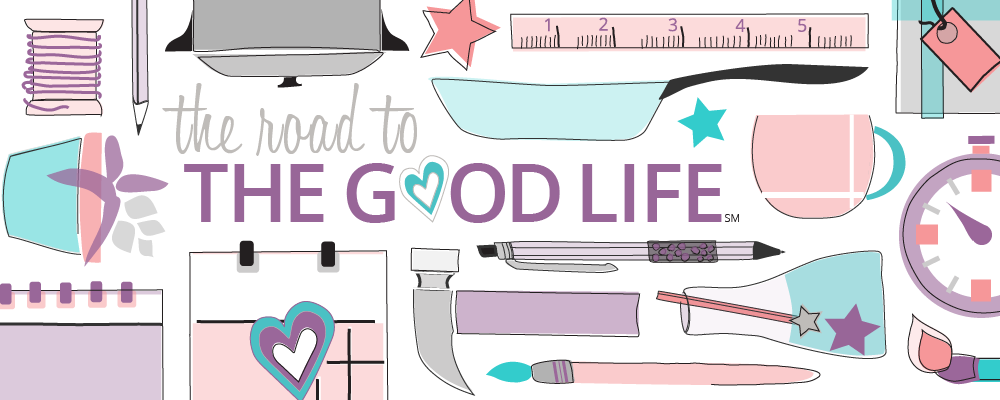Writing Achievable New Year's Resolutions
When done right, employee evaluations can be a positive experience. They're an opportunity to review your skills and set objectives and goals based on your strengths. They're a chance to craft a roadmap that leverages your strengths to do something that interests you and benefits others as well as you. That's why I don't make resolutions, I set objectives and goals.

To me, resolutions aren't positive. Resolutions address something that needs to be fixed. Weaknesses that need to be shored up. Resolutions are like that bandaid you know has to come off, but you just can't bring yourself to do it, because you know it's going to hurt. So setting resolutions feels like I'm starting a year off on the wrong foot. They're painful by definition and therefore something I'm going to avoid. I'm setting myself up for failure. Maybe that's why I've always had trouble keeping them?


Even the word "resolution" is ominous. I say it and I immediately feel a little like Harry Potter looking up at Cornelius Fudge in Courtroom Ten at the Ministry of Magic awaiting judgement. I mean who wants to structure their upcoming year knowing they're going to be sitting in judgement of themselves 365 days from now?
I much more prefer objectives and goals to resolutions. And, I like the ability to revise my objectives and my goals on a regular basis as circumstances change. In business, when market conditions change you don't keep ploughing on ahead with a direction you know is going to sail you into an iceberg, you course correct.

Tips for Writing Effective Resolutions
- Understand your motivation. Are you doing something just to please someone else? If yes, consider diving deeper until you find an aspect that excites you. You need to own your resolutions.
- Plan on checking in on your progress at least every three months. Break resolutions into bitesize pieces that you can achieve in short time frames.
- Make resolutions positive.
- Be honest with yourself. Do you have the skills or the desire to do what you're resolving to do?
- Determine whether your resolutions are objectives or goals. Objectives, unlike goals, don't always have a concrete end.
- For objectives:
- Think of yourself as a student who has quarterly exams and create objectives as if someone else (an instructor) will be grading you.
- Identify the objective's domain: are they cognitive (increase knowledge), affective (change an attitude), or psychomotor (develop a physical skill)? The actions associated with each domain are different (link to PDF handout).
- Revise your objectives until they follow the ABCDs (Audience, Behavior, Condition, Degree). There's a great module from Brett Bixler, a Lead Instructional Designer at The Penn State University on how to write Instructional Goals and Objectives.
- Think of yourself as an employee who has an annual review or quarterly reviews (whichever time frame works best for you) and create goals as if someone else (your manager) will be evaluating you.
- Rework your goals until they are S.M.A.R.T. (Specific, Measureable, Achievable, Results-Focused, Time Bound) (links to S.M.A.R.T. Goal Questionnaire PDF worksheet and Team Goals PDF worksheet from University of Virginia's Human Resources Department).
Last year I didn't separate my objectives from my goals. I'd closed out 2012 under the weather and was in a hurry to get a post up and didn't put much thought into my "goals" for 2013. In spite of poorly written objectives and goals, I accomplished a lot. This year, I want to spend my time as effectively as possible. I don't want to accidentally leave too much on the table. So, I'm sharing my objectives today and my related goals next week.
Objectives for 2014
- "Build a profitable business that fills my heart." - Hilary Rushford, The 4-Part Entrepreneur Cocktail (aka Develop a business plan.)
- Pursue a formalized weekly thankfulness exercise.
- Internalize a daily 20 minutes of creativity practice.

Credits: All layouts designed by and images taken by Eden Hensley Silverstein for The Road to the Good Life.
Disclosure: I received the item pictured in this post in advance of my attending Alt Winter 2014. All registered attendees received them. The letterpress cards were a gift from Bing.
